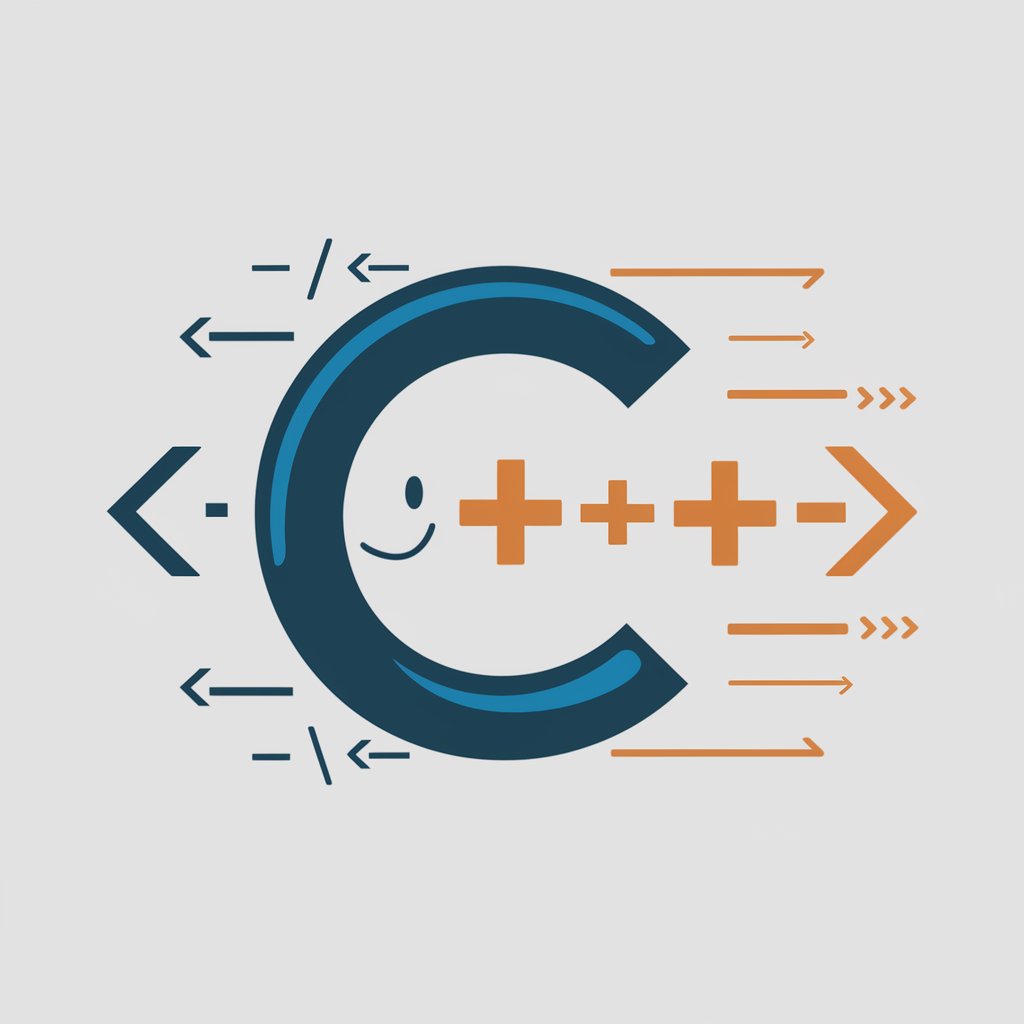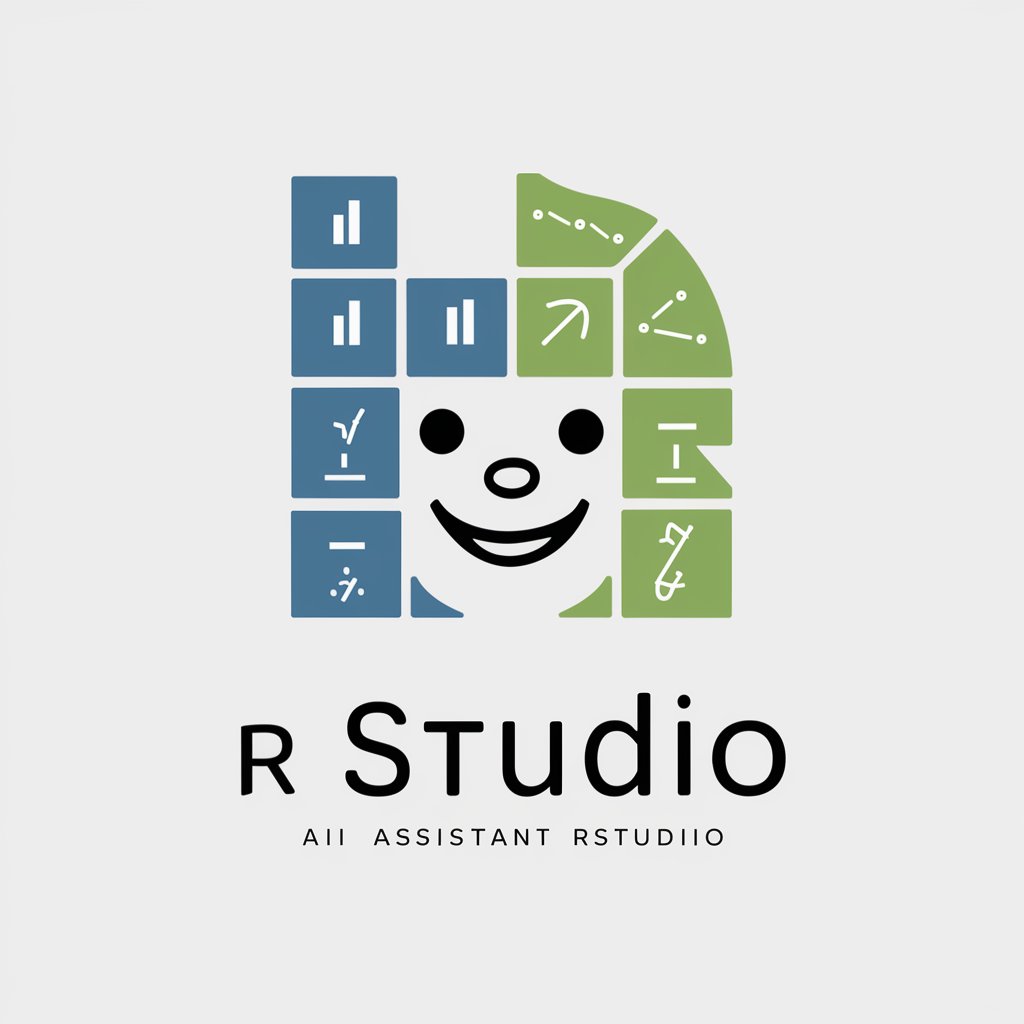
R Programming-R-based AI data science assistant
AI-powered R assistant for data science

R programming expert for statistics and machine learning
How do I implement a random forest in R?
What's the code for a linear regression in R?
Can you help me visualize data using ggplot2?
How do I perform k-means clustering in R?
Get Embed Code
Introduction to RR Programming Overview Programming
R is a language and environment specifically designed for statistical computing and graphics. Originally developed by Ross Ihaka and Robert Gentleman at the University of Auckland in the early 1990s, R is based on the S programming language. Its core purpose is to provide a comprehensive environment for data manipulation, statistical modeling, and visualization. R is open-source and highly extensible, with a massive ecosystem of packages (via CRAN, Bioconductor, and GitHub) that support various fields like bioinformatics, econometrics, machine learning, and social sciences. Basic R functions include: - **Data structures:** vectors, matrices, lists, data frames. - **Statistical modeling:** linear models, generalized linear models, time series analysis. - **Data manipulation:** using base R or packages like `dplyr`, `data.table`. - **Graphics:** using base plotting functions or the powerful `ggplot2` package. Example scenario: A data scientist receives a CSV file containing sales data. In R, they can read the file using `read.csv()`, clean it with `dplyr` functions like `filter()` and `mutate()`, model the sales using `lm()` for linearR Programming Overview regression, and visualize trends using `ggplot2`. The language is designed to streamline such workflows.
Main Functions and Applications of R Programming
Statistical Modeling
Example
model <- lm(Sepal.Length ~ Sepal.Width + Petal.Length, data = iris)
Scenario
A biologist is analyzing the factors affecting sepal length in iris flowers. By fitting a linear model with the `lm()` function, they can understand the relationship between variables and predict outcomes, supported by diagnostics such as residual plots and summary statistics.
Data Visualization
Example
ggplot(mtcars, aes(x = wt, y = mpg)) + geom_point() + geom_smooth(method = 'lm')
Scenario
An automotive engineer uses R to visualize how car weight affects fuel efficiency. Using `ggplot2`, they can create scatter plots and overlay regression lines to communicate trends and support data-driven decisions.
Data Manipulation
Example
library(dplyr); iris %>% filter(Species == 'setosa') %>% summarise(mean_sepal = mean(Sepal.Length))
Scenario
A data analyst filters and summarizes data on a specific flower species using `dplyr`. This kind of transformation is common in exploratory data analysis (EDA) and report generation, where datasets must be aggregated and cleaned.
Ideal Users of R Programming
Statisticians and Data Scientists
R was originally designed for statisticians, making it ideal for advanced statistical analysis, hypothesis testing, regression modeling, and machine learning. These users benefit from R’s deep statistical libraries and ease of data manipulation. For instance, epidemiologists modeling disease spread or economists forecasting market trends find R highly effective due to its statistical rigor and reproducibility.
Academics and Researchers
Researchers in fields like biology, psychology, and environmental science use R to perform reproducible data analysis and publish results. Packages like `knitr` and `rmarkdown` allow them to integrate narrative with code and output dynamic reports. Its open-source nature makes it cost-effective for academic institutions, and its flexibility allows integration of complex methodologies and visualizations.
How to Use R Programming in 5 Detailed Steps
Step 1
Visit aichatonline.org for a free trial without login—no ChatGPT Plus subscription required. This gives youR Programming Usage Guide instant access to AI tools, including R-focused assistance, for interactive programming support.
Step 2
Install R and RStudio: Download R from the CRAN website (https://cran.r-project.org) and RStudio from https://posit.co. R is the core language, while RStudio is a powerful IDE for writing, debugging, and visualizing code.
Step 3
Familiarize yourself with basic syntax and data structures: Learn about vectors, lists, data frames, and factors. Use resources like 'swirl' (an R package that teaches R within RStudio) or interactive tutorials on DataCamp and Coursera.
Step 4
Install essential packages: Use `install.packages()` to load libraries like `tidyverse` for data manipulation, `ggplot2` for visualization, and `caret`R Programming Guide and Tips or `mlr3` for machine learning. This expands R’s capabilities for various use cases.
Step 5
Engage in projects: Apply R to real-world problems such as statistical modeling, machine learning, time series forecasting, or data reporting. Leverage reproducible workflows using R Markdown or Shiny for interactive web apps.
Try other advanced and practical GPTs
Viral Commenting
AI-powered comments that spark engagement.

Jupyter Notebook
AI-powered interactive notebooks for data analysis

AmazonProductScout
AI-powered insights for smarter Amazon selling

JobJette - AI Job Search Copilot
AI-powered job search, from resume to hire.
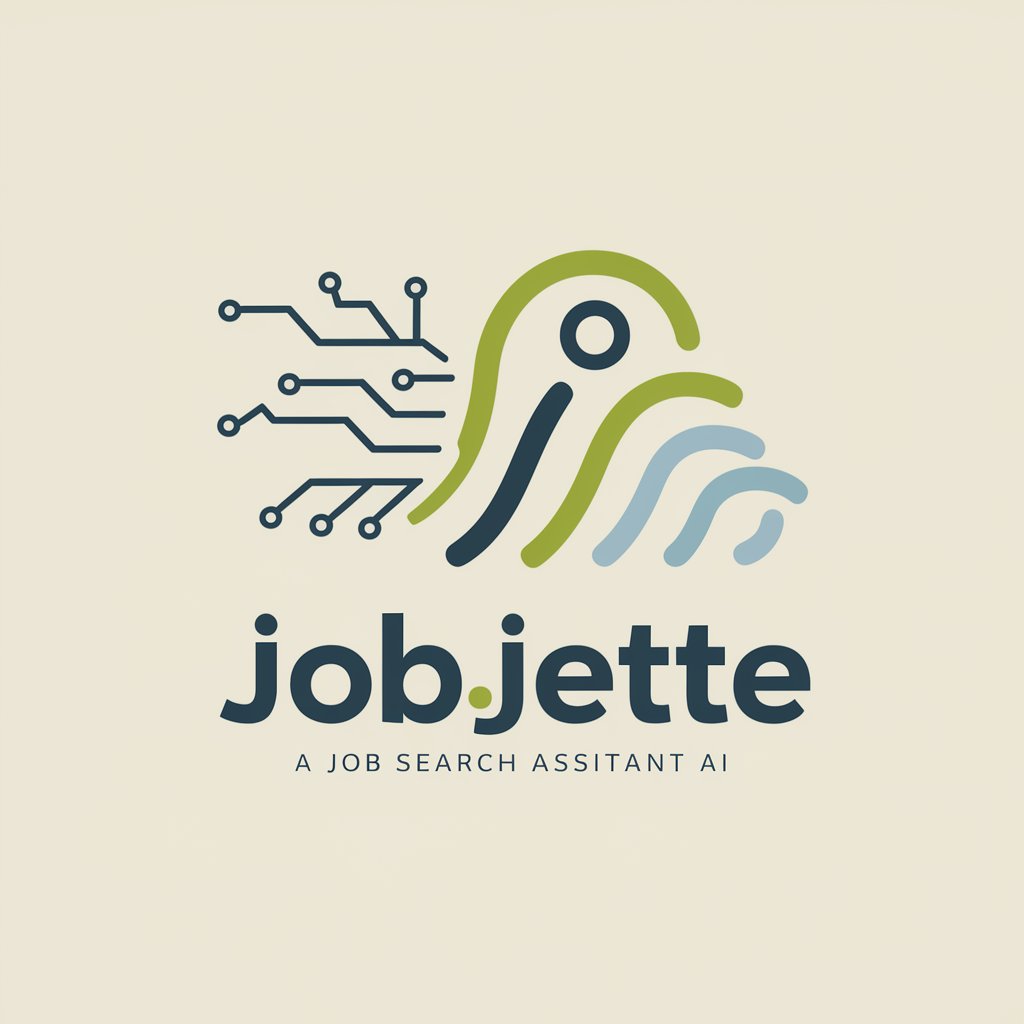
AI Music アイデアサポーター
Generate unique songs with AI assistance

核心期刊拟题助手
AI-Powered Academic Title Generator for Core Journals
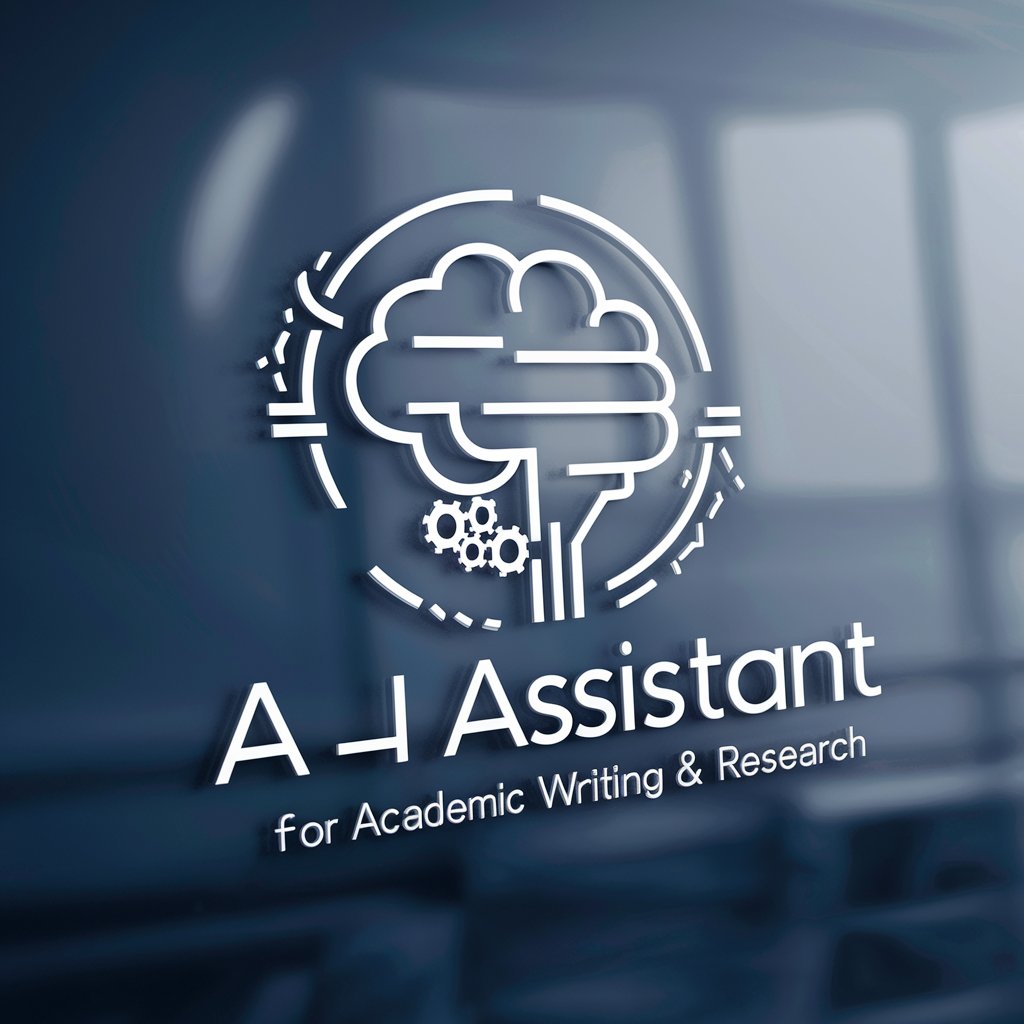
Luma Dream Machine Prompt Generator
Creative Writing
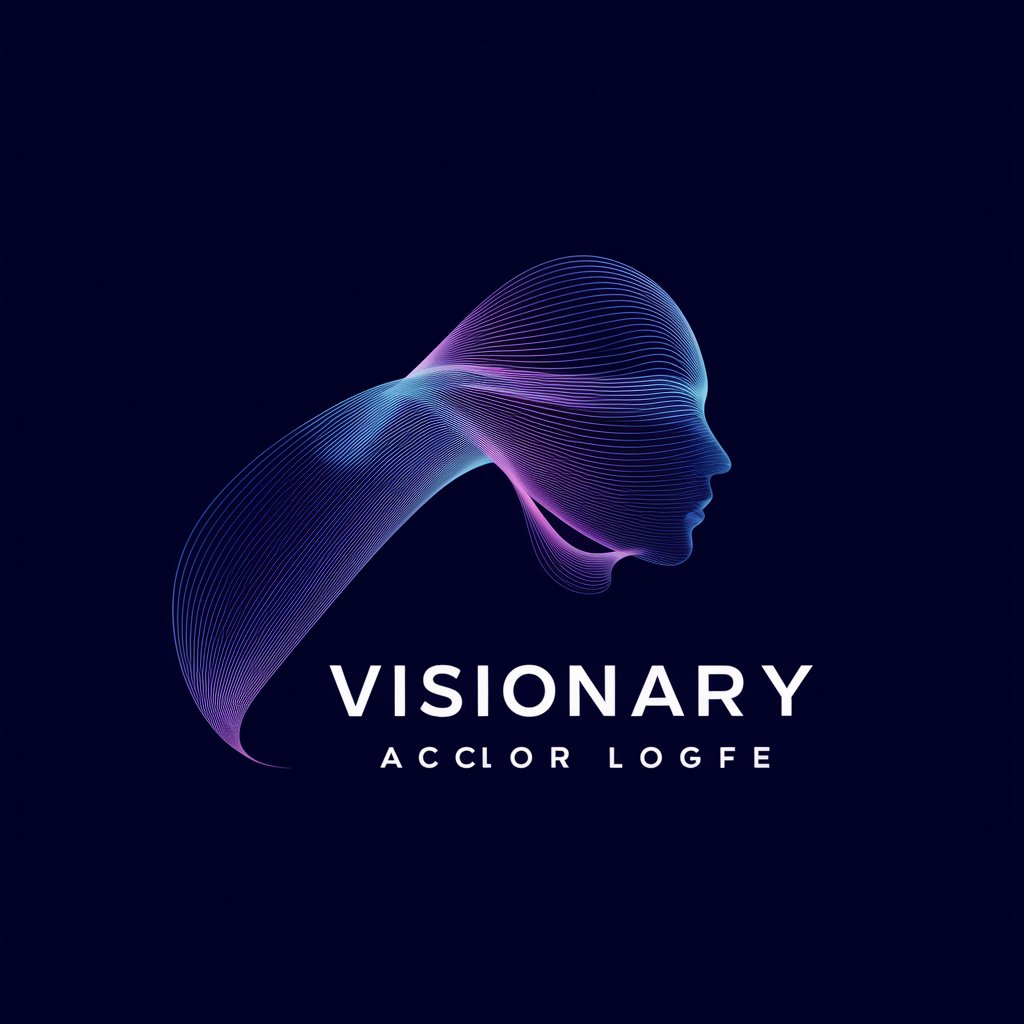
giantess工房
AI-powered generator for giantess fiction

Tennis GPT
AI-powered tennis expertise at your command

TensorFlow
AI-Powered Intelligence Built with TensorFlow

Luma / Gen-3 / Kling / Pika Prompt
AI-powered prompts for stunning videos

Quinn Bot - Top of Mind Questions
AI-powered client question finder for effortless marketing.

- Data Analysis
- Data Visualization
- Machine Learning
- Statistical Modeling
- Bioinformatics
Top 5 Common Questions about R Programming
What is R primarily used for?
R is a programming language focused on statistical analysis, data manipulation, and data visualization. It’s widely used in academic research, bioinformatics, finance, and data science for tasks such as hypothesis testing, regression, machine learning, and exploratory data analysis.
How is R different from Python in data science?
R has a deeper statistical foundation and excels in data visualization and specialized statistical modeling. Python, on the other hand, is more versatile for general-purpose programming. R is preferred in academia and pure data analysis, while Python dominates in machine learning and production environments.
Can I build machine learning models in R?
Yes. R supports a wide range of machine learning algorithms through packages like `caret`, `mlr3`, `randomForest`, `xgboost`, and `e1071`. These allow for classification, regression, clustering, and model tuning, along with cross-validation and performance metrics.
What are the best resources for learning R?
Excellent resources include: 'R for Data Science' by Hadley Wickham (free online book), the swirl R package for in-console learning, Coursera and edX R courses, and Stack Overflow or RStudio Community for troubleshooting and peer support.
Is R good for data visualization?
R is one of the best tools for data visualization. `ggplot2` (part of `tidyverse`) provides a highly customizable grammar of graphics framework. For interactive graphics, packages like `plotly`, `shiny`, and `leaflet` enable rich, web-based data exploration.



